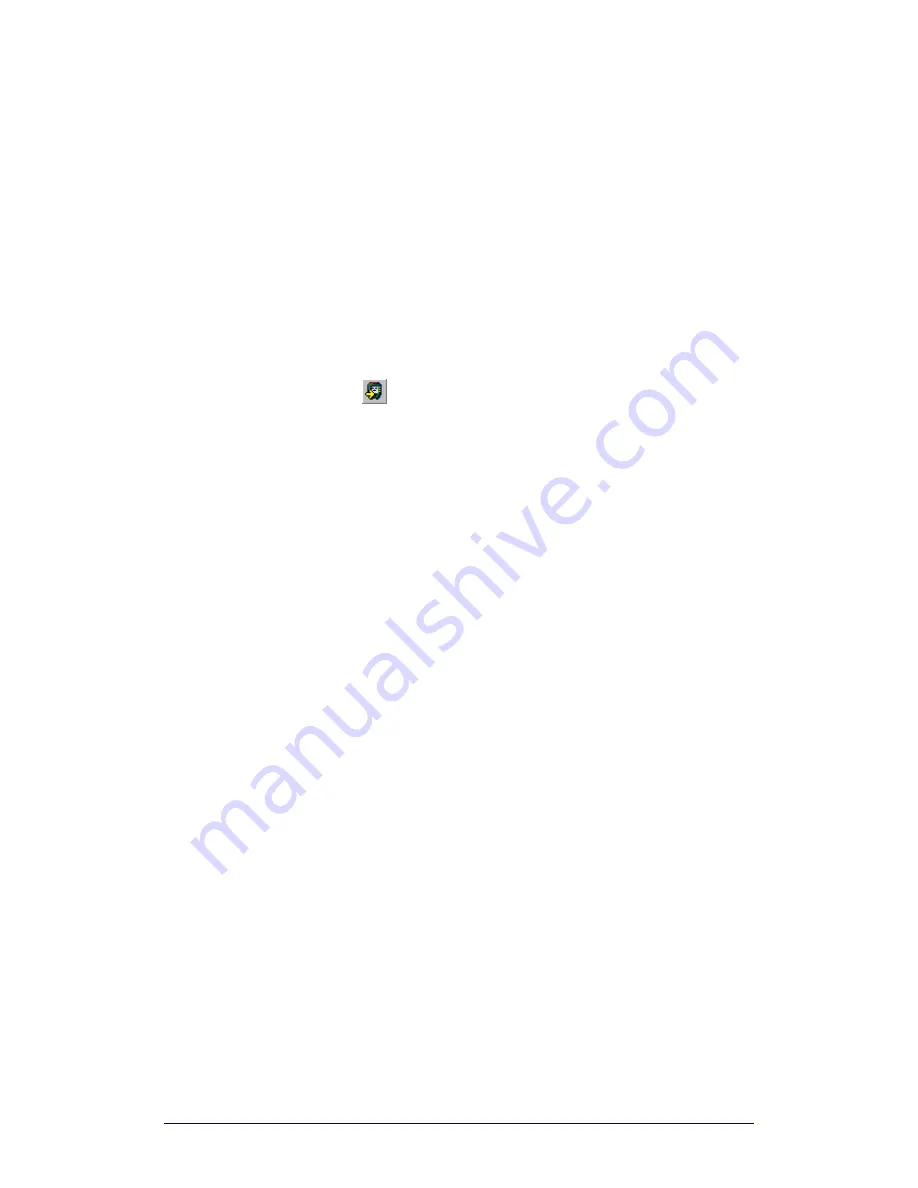
ProntoProEdit 3.0 - User Manual
Basic CCF Actions
Philips
Page 38 of 76
Downloading a CCF into Your
ProntoPro
1
Load a CCF into ProntoProEdit (see “
Loading a CCF into ProntoProEdit
” on
page 13).
-or-
Upload a CCF from your ProntoPro (see “
Uploading a CCF from Your
ProntoPro
” on page 15).
2
Plug one end of the ProntoPro serial cable in the serial port on your
ProntoPro.
3
Plug the other end of the ProntoPro serial cable in the serial port on your
computer.
4
Select Download into ProntoPro from the File menu.
-or-
Click
in the toolbar.
ProntoProEdit sends the CCF to the ProntoPro over the serial cable.
If the resulting CCF does not fit in your ProntoPro’s available memory,
ProntoProEdit will tell you it is too large and cancel the download. A possible
solution is to:
delete some elements;
reuse bitmaps on your frames and buttons, where possible. ProntoProEdit
only saves unique bitmaps.
use aliases (shortcuts) to replace identical series of commands.
remove all templates. This speeds up saving and loading and leaves
more space in your ProntoPro’s memory. Make sure not to overwrite
ph1_default.ccf so you can always restore the templates.
ProntoProEdit will try to connect to your ProntoPro
If ProntoProEdit cannot connect to your ProntoPro, the following message
appears: “Pronto not connected or not responding”. Click Details to open a
window listing all the serial ports on your PC.
If another application is using the serial port to which your ProntoPro is
connected:
try another serial port;
have the other application release the serial port.
If ProntoProEdit was able to open the serial port to which your ProntoPro
is connected but still could not connect, check if:
both ends of the serial cable are properly plugged in;
the ProntoPro’s batteries have not run out.
Wait a few seconds and try again.
If after a number of attempts ProntoProEdit still cannot connect, reset
your ProntoPro.
Wait until it beeps twice and try again.
Summary of Contents for TSU6000
Page 1: ...3 0 User Manual ...






























